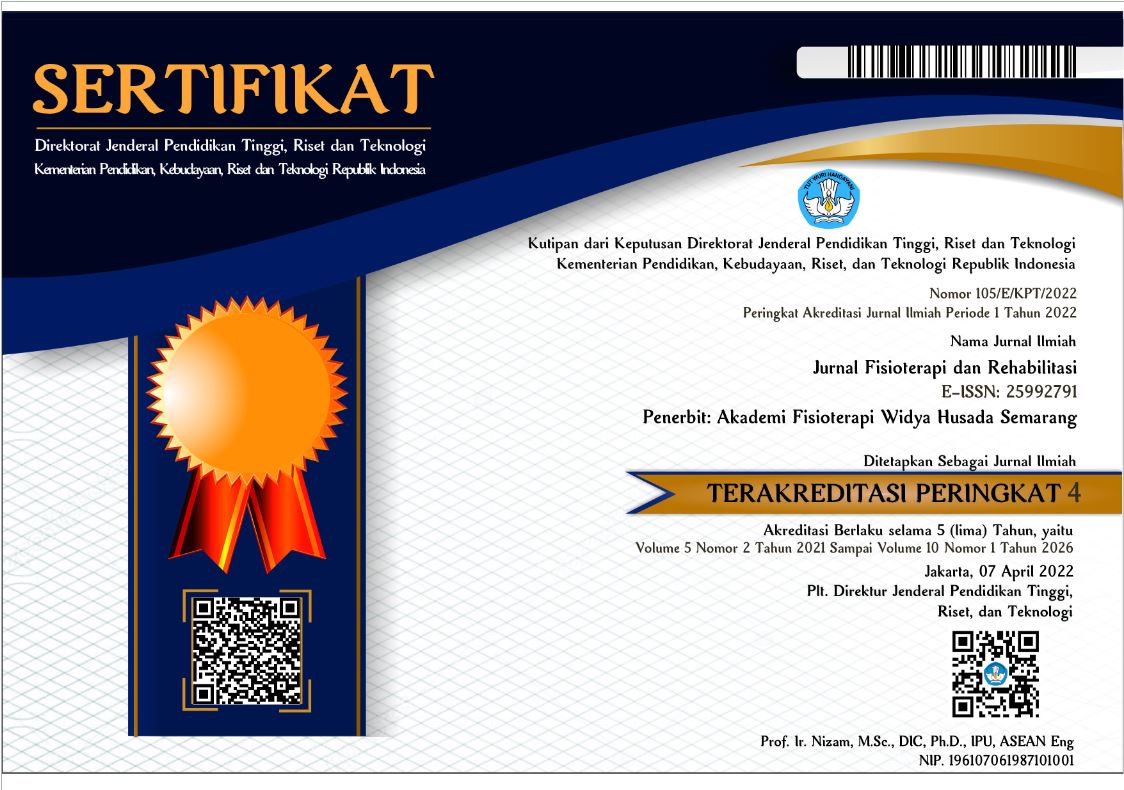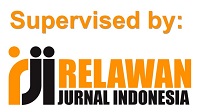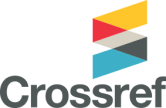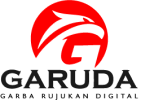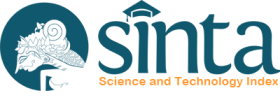PERBEDAAN PENGARUH EFEK AKUT INSTRUMENT ASSISSTED SOFT TISSUE MOBILIZATION (IASTM) DAN SELF MYOFASCIAL RELEASE (SMFR) UNTUK MENINGKATKAN FLEKSIBILITAS OTOT HAMSTRING
Abstract
Latar Belakang: Instrumen Assisted Soft Tissue Mobilization (IASTM) merupakan prosedur terapi yang mana menggunakan instrumen untuk secara mekanik menstimulus struktur jaringan lunak untuk mengurangi nyeri otot, ketidaknyamanan, dan meningkatkan secara keseluruhan mobilitas dan fungsi Self Myofascial Release (SMFR) merupakan salah satu teknik manual terapi dengan cara memberikan tekanan pada otot dan fascia yang bertujuan untuk menambah Range of Motion (ROM), mengurangi nyeri, dan meningkatkan fungsi.
Tujuan: Tujuan dari penelitian ini adalah untuk mengetahui efek akut perubahan fleksibilitas otot hamstring setelah diberikan IASTM dan SMFR, juga mengetahui adanya perbedaan efek akut antara pemberian IASTM dan SMFR pada perubahan fleksibilitas otot hamtring.
Metode: Penelitian eksperimen dengan membandingan pre dan post tes dari dua kelompok yang berbeda perlakuan. Kelompok pertama diberikan perlakuan teknik IASTM, kelompok kedua diberikan perlakuan SMFR. Data yang dikumpulkan dianalisa menggunakan paired t-test dan mann-whitney test.
Hasil: Hasil penelitian menunjukkan efek akut IASTM terhadap fleksibilitas otot hamstring (p = 0,001), efek akut SMFR terhadap fleksibilitas otot hamstring (p = 0,000), Perbedaan pengaruh antara passive dan active MFR terhadap ketegangan otot (p = 0,134).
Kesimpulan: Terdapat peningkatan fleksibilitas otot hamstring pada grup 1 dan grup 2. Tidak ada beda pengaruh yang signifikan antara pemberian IASTM atau SMFR terhadap fleksibilitas otot hamstring.
Kata Kunci: Hamstring, instrumen assisted soft tissue mobilization, fleksibilitas, self myofascial release.
Downloads

This work is licensed under a Creative Commons Attribution 4.0 International License.
The use of the article will be governed by the Creative Commons Attribution license as currently displayed on Creative Commons Attribution 4.0 International License.
Author’s Warranties
The author warrants that the article is original, written by stated author(s), has not been published before, contains no unlawful statements, does not infringe the rights of others, is subject to copyright that is vested exclusively in the author and free of any third party rights, and that any necessary written permissions to quote from other sources have been obtained by the author(s).
User Rights
JFR's spirit is to disseminate articles published are as free as possible. Under the Creative Commons license, JFR permits users to copy, distribute, display, and perform the work. Users will also need to attribute authors and JFR on distributing works in the journal.
Rights of Authors
Authors retain all their rights to the published works, such as (but not limited to) the following rights;
- Copyright and other proprietary rights relating to the article, such as patent rights,
- The right to use the substance of the article in own future works, including lectures and books,
- The right to reproduce the article for own purposes,
- The right to self-archive the article
Co-Authorship
If the article was jointly prepared by other authors, any authors submitting the manuscript warrants that he/she has been authorized by all co-authors to be agreed on this copyright and license notice (agreement) on their behalf, and agrees to inform his/her co-authors of the terms of this policy. JFR will not be held liable for anything that may arise due to the author(s) internal dispute. JFR will only communicate with the corresponding author.
Miscellaneous
JFR will publish the article (or have it published) in the journal if the article’s editorial process is successfully completed. JFR's editors may modify the article to a style of punctuation, spelling, capitalization, referencing and usage that deems appropriate. The author acknowledges that the article may be published so that it will be publicly accessible and such access will be free of charge for the readers as mentioned in point 3.




